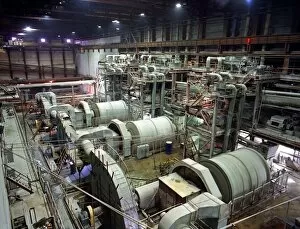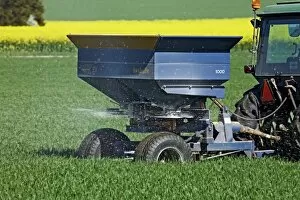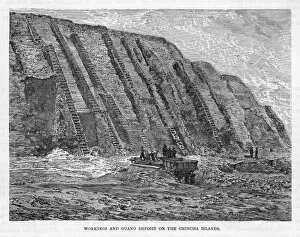Fertiliser Collection (#4)
"Fertiliser: Nurturing the Earth's Bounty Through Time and Techniques" From the picturesque fields of England to the coastal shores of Jersey
For sale as Licensed Images
Choose your image, Select your licence and Download the media
"Fertiliser: Nurturing the Earth's Bounty Through Time and Techniques" From the picturesque fields of England to the coastal shores of Jersey, it has played a vital role in enhancing agricultural practices worldwide. In March, as spring breathes new life into arable lands, farmers embrace innovative methods to enrich their soil. The Valtra T151 tractor gracefully maneuvers across the English countryside, accompanied by a muck spreader diligently spreading nutrient-rich muck onto fertile fields. This symbiotic dance between man and machine ensures that every inch of land receives its fair share of nourishment. Meanwhile, the JCB Loadall telehandler takes center stage as it skillfully loads muck into another trusty muck spreader. Its purpose? To scatter this organic gold upon vast arable landscapes in England. The cycle continues as nature's bounty is returned to replenish what was once taken away. In an effort towards sustainability, composting becomes an art form in itself. A black plastic recycled composting bin teems with life - worms wriggling amidst a variety of kitchen waste; vegetable and fruit peelings intermingled with cardboard remnants. This harmonious blend transforms into rich humus that will breathe vitality back into our earth. Venturing beyond mainland Europe, we find ourselves at Le Hocq in Jersey where seaweed gathers on sandy shores like nature's gift from the sea. Harvested by diligent hands, this natural treasure holds within it essential nutrients that will fortify crops for seasons to come. Across continents and through time, technology evolves but remains rooted in tradition. The John Deere 8530 tractor proudly carries a Samson vacuum slurry tanker equipped with a slurry injector – injecting precious slurry deep within fields at Alunda, and is here that ancient wisdom meets modern efficiency for optimal growth potential. Nature often leaves behind enchanting traces even amidst abandonment; crystallised patterns grace abandoned ponds once used for disposal.













